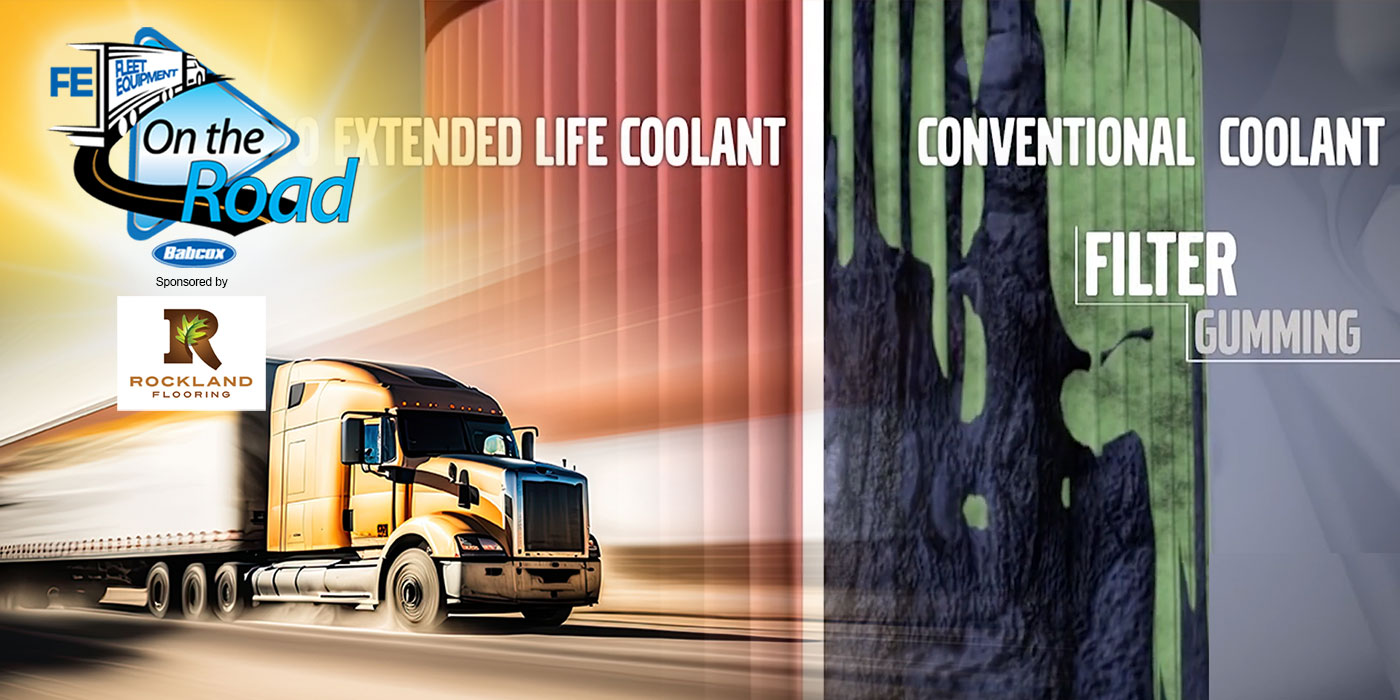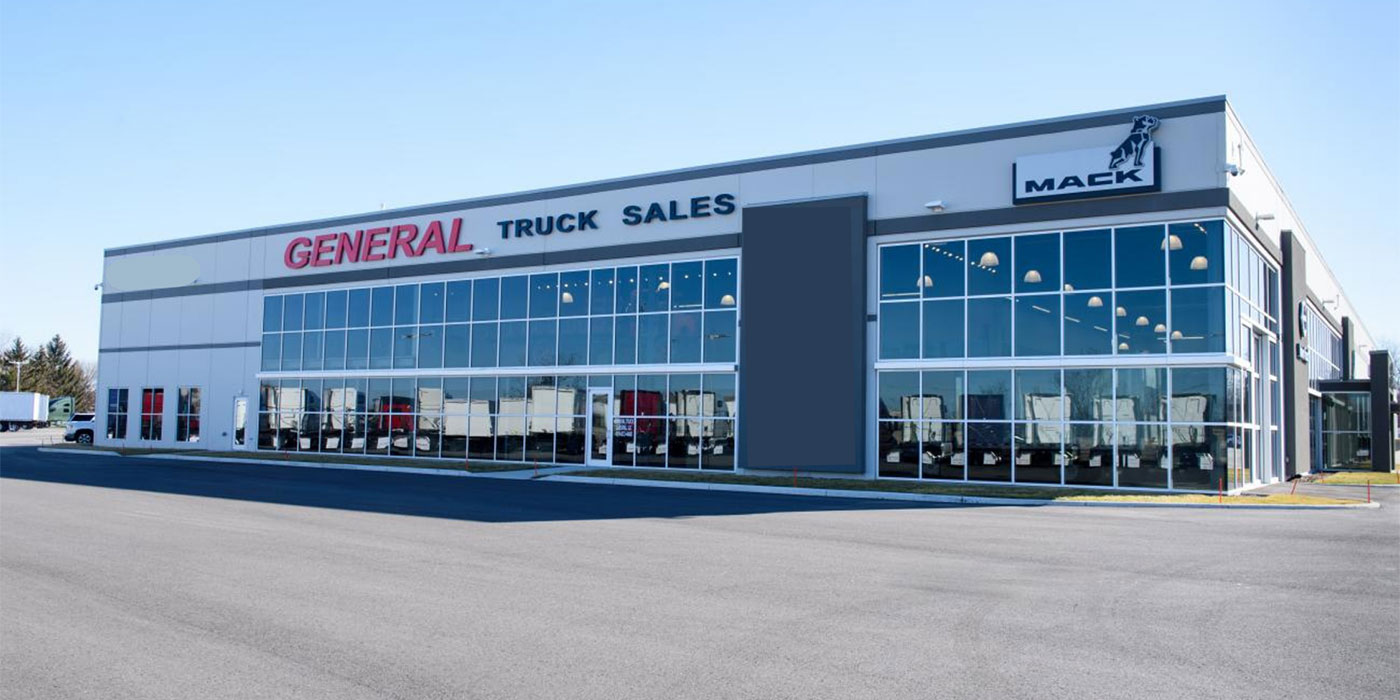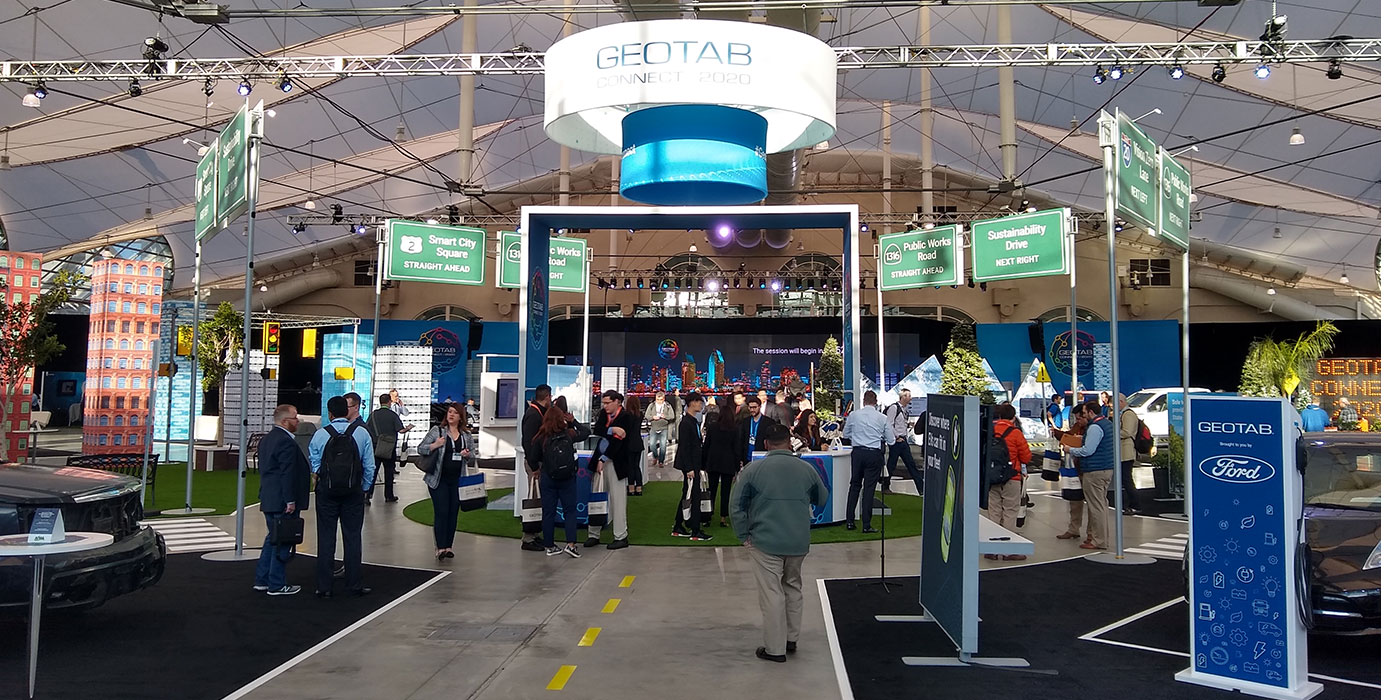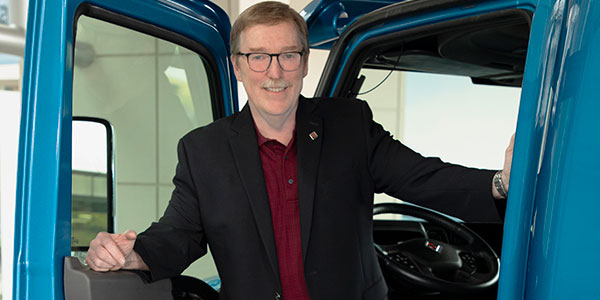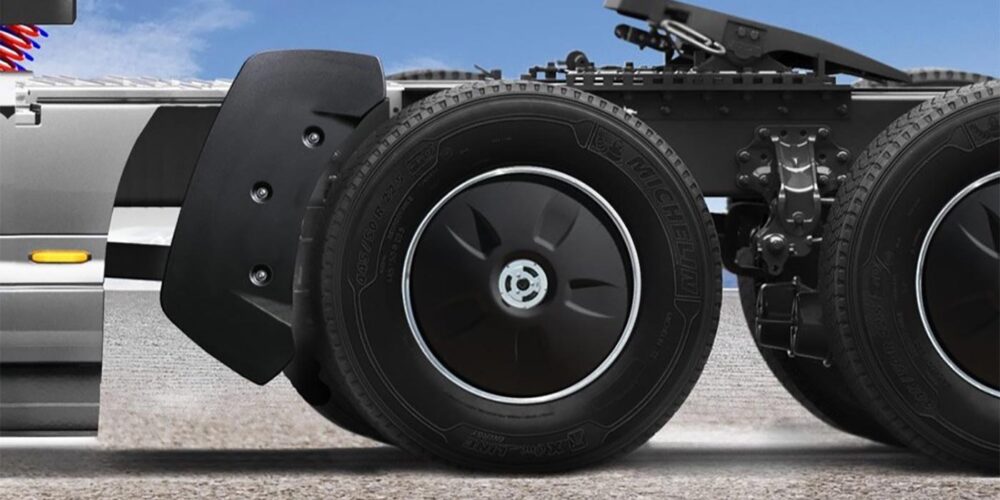It is perhaps a bad joke that I make whenever visiting a health care provider for a routine checkup. When we go through the inevitable questions about my current state of health, it always ends with: “Is anything different since the last time you were here?” My answer: “Yes, I’m older.” They usually chuckle, but lately it seems that witticism is taking on a greater significance. Preventive maintenance, it would seem, applies as much to us as it does the vehicles we service.
I came by this epiphany recently while lying on a gurney awaiting my periodic colonoscopy examination. If you’re over or near 50, you’ll find that the term “routine examination” takes on a greater scope (literally). This is only slightly less disturbing than the fact that one has reached a point in one’s life where, if a doctor sees something he or she doesn’t like, they want to cut it off for a closer look. Like any good preventive maintenance program, the trick is to catch the problems when they’re small and more easily repaired. If you haven’t had a physical in the past five years, now might be a good time to schedule one. Where am I going with all of this? Just offering a reminder that it’s just as important to take care of yourself as it is everything else in your life. That’s especially true on the job.
The shop environment typically contains some pretty toxic substances, not to mention the normal safety hazards when working on and around machinery. Here, preventive maintenance involves things like safety glasses and rubber gloves. Those material safety data sheets (MSDS) are written for a reason and properly handling or disposing of potential carcinogens, like used oil, isn’t just good for the environment, it could literally be a matter of life and death. You’ve heard it before: shop safety is everyone’s responsibility. With today’s safety equipment and all that we’ve learned over the years about how to prevent exposure to hazardous materials like asbestos, solvents and pretty much anything else you can’t drink, there’s no excuse for allowing yourself to be contaminated with something that could cause big trouble down the road. Taking the time to get trained in the correct use of power equipment and safety procedures when working around high-voltage vehicle systems of all kinds is every bit as important as staying current with changing vehicle technology.
A good personal PM program begins with eating right; exercising regularly and avoiding the usual bad habits like tobacco and excessive consumption of anything (I had a cheesesteak problem when I lived near Philadelphia). You have health insurance for a reason, and all providers allow for a periodic physical. Take advantage of it, no matter what your age. If you have a condition requiring medication to control, like high blood pressure, make sure you take it regularly and as prescribed. If all this sounds like common sense, it is. Here’s one more PM tip: don’t even think about driving without a seat belt or under the influence of anything but fear. Your family needs you. Make sure you pay attention to the simple things that will keep you around a good, long time.


